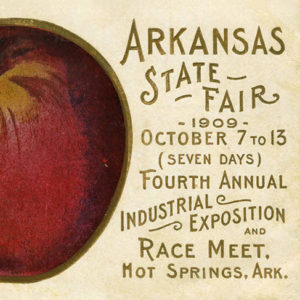 Fair Postcard
Fair Postcard
Entry Type: Event - Starting with F
 Fair Postcard
Fair Postcard
Fairview, Skirmish at
 Tav Falco and Via Kali
Tav Falco and Via Kali
Farkleberry Follies
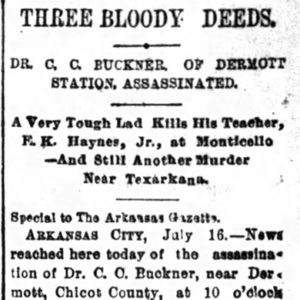 John Farmer Lynching Article
John Farmer Lynching Article
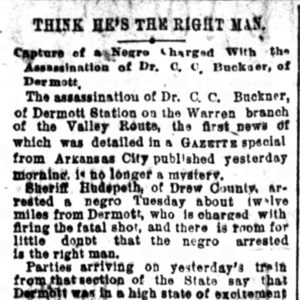 John Farmer Lynching Article
John Farmer Lynching Article
Farmer, John (Lynching of)
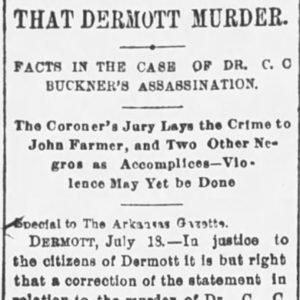 John Farmer Lynching Article
John Farmer Lynching Article
 John Farmer Lynching Article
John Farmer Lynching Article
Farr’s Mill, Skirmish at
Fayetteville and Cane Hill, Skirmish between (November 9, 1862)
aka: Skirmish at Cane Hill (November 9, 1862)
aka: Skirmish at Fayetteville (November 9, 1862)
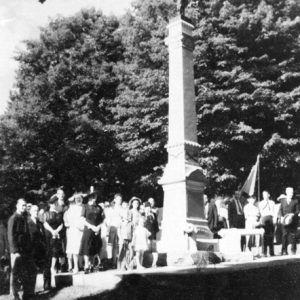 Fayetteville Confederate Cemetery
Fayetteville Confederate Cemetery
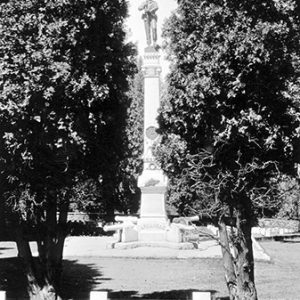 Fayetteville Confederate Cemetery
Fayetteville Confederate Cemetery
Fayetteville Schools, Desegregation of
Fayetteville to Huntsville, Expedition from
Fayetteville to Van Buren, Scout from
Fayetteville, Action at (April 18, 1863)
Fayetteville, Action near (July 15, 1862)
Fayetteville, Affair at
Fayetteville, Occupation of (February 23–26, 1862)
Fayetteville, Operations around (October 25–November 4, 1864)
Fayetteville, Scouts from
Fayetteville, Skirmish at (August 23, 1863)
Featherstone v. Cate
 Featherstone v. Cate
Featherstone v. Cate
Ferry Landing, Skirmish at
aka: Skirmish at Ashley's Mills
Feuds
Filmore, Isaac (Execution of)
Finney v. Hutto
aka: Hutto v. Finney
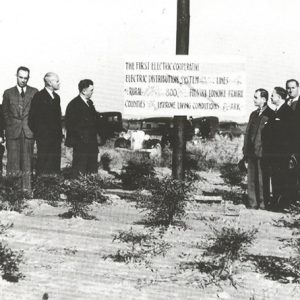 First Electric Cooperative's First Power Pole
First Electric Cooperative's First Power Pole
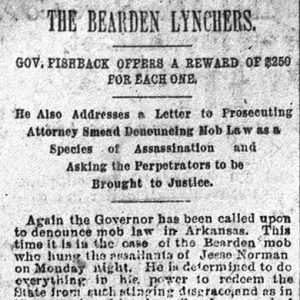 Fishback Lynchings Letter
Fishback Lynchings Letter
Fitzhugh’s Woods, Action at
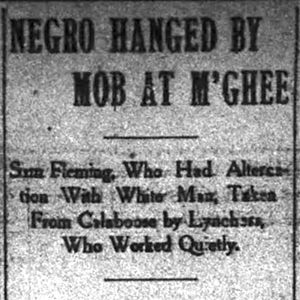 Fleming Lynching Article
Fleming Lynching Article
Fleming, Sam (Lynching of)
Flemming, Owen (Lynching of)
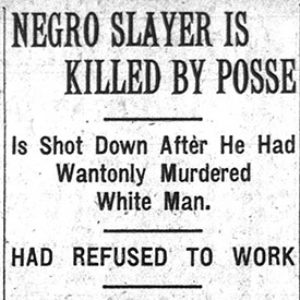 Flemming Lynching Article
Flemming Lynching Article
Flood of 1927
aka: Great Flood of 1927
aka: Mississippi River Flood of 1927
aka: 1927 Flood
Flood of 1937
Flood of 1978
Flood of 2019
Flu Epidemic of 1918
aka: Influenza Epidemic of 1918
Flynn-Doran War
Fooy, Samuel W. (Execution of)
Ford, L. L. (Execution of)
 Fordyce on the Cotton Belt Festival
Fordyce on the Cotton Belt Festival
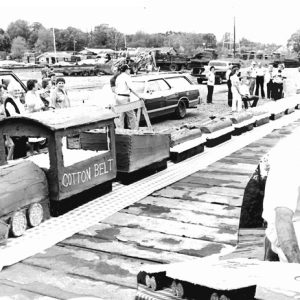 Fordyce on the Cotton Belt Festival Cake Train
Fordyce on the Cotton Belt Festival Cake Train
Fordyce on the Cotton Belt Festival
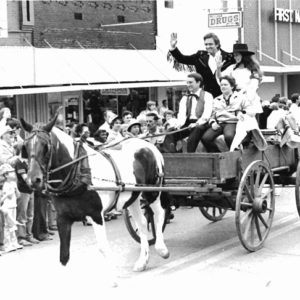 Fordyce on the Cotton Belt Festival Parade
Fordyce on the Cotton Belt Festival Parade
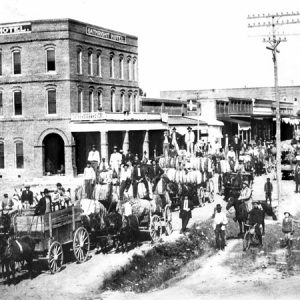 Foreman Cotton Auction
Foreman Cotton Auction




